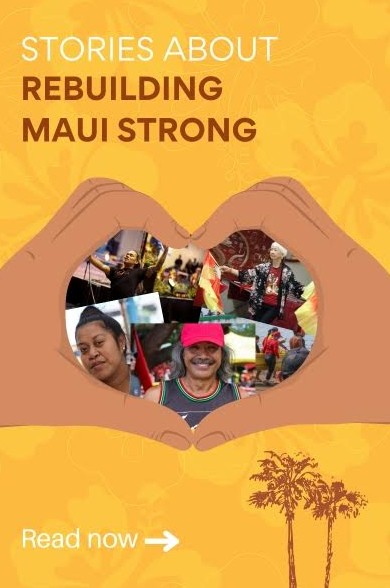After years of production, Bitterroot, a film focusing on Hmong American experiences, makes it’s world debut at the Tribeca Film Festival last week.
The film, follows a middle-aged man, Lu, reeling from divorce, who returns to his Hmong community in Montana from California. During this time Lu, gains a new perspective on life while caring for his aging mother.
“I can relate easily, just because for me, it’s like a Hmong experience”, said Lu’s actor, Wa Yang, in an interview with Sahan Journal. “Someone who is second generation, Hmong American, in that sandwich generation where there is the elderly and there is expectation from the youth.”. When portraying Lu on-screen, Yang drew from his own experiences growing up in Minnesota’s Hmong community.
Bitterroot, directed by Vera Brunner-Sung (Bella Vista, Fallen Star: Finding Home), is one of just a handful of feature-length films focusing on Hmong Americans. It is also the first film to ever focus on the Hmong community of Missoula, Montana. Despite being shot in Missoula, the film drew talent from Minnesota’s Hmong American community.
The producers, Kazua Melissa Vang and Yeej, as well as Yang, are both based in Minnesota. Crew members were hired from the Twin Cities and relied on an apprenticeship model to get more Hmong talent involved in production.
“It’s exciting. It’s quite a milestone. This is the first time that a Hmong American film has made it to a larger film festival”, Yeej said in an interview with FOX 9. In another interview with FOX 9, Vang said “We know who our audience is, but also we’re excited to show what are some ways that we can continue making more stories like this”.
“The production sought to be an investment in Hmong talent”, Brunner-Sung said in a news release. “To make a film alongside and with, rather than ‘about”.
According to Sahan Journal, Brunner-Sung and Yeej started to create the project when they met in Missoula in 2016. Veej met Vang when he moved to Minnesota, who joined production as an assistant director.
Vang oversaw casting and “made sure that Hmong artists were part of the creative process. She selected actors she knew by word of mouth or met by traveling to Missoula.”. Because of the on and off-screen involvement of Hmong cast and crew, the Bitterroot team hoped to bring realistic representations of the Hmong American communities.
Vang told Sahan Journal that “You can’t go the Hollywood or heightened independent way of casting, with a casting director”, continuing by saying that “those casting directors do not know Hmong people or minorities, or, I may say, nonwhite actors.”.
Even though the film’s core audience is Hmong, the film’s team say that Bitterroot will resonate with all kinds of diverse communities. Vang told Sahan Journal that “It is going to ripple out to the larger Hmong community, then to the Southeast Asians, to the Asian Americans, to people who work in farming, to the environmentalists, to people who love morel hunting, to people who understand spirituality.”.
After the premiere at the Tribeca Film Festival, the producers plan to host an additional screening of Bitterroot in Minnesota in November, in observation of Hmong New Year.
AsAmNews is published by the non-profit, Asian American Media Inc. Follow us on Facebook, X, Instagram, TikTok and YouTube. Please consider making a tax-deductible donation to support our efforts to produce diverse content about the AAPI communities. We are supported in part by funding provided by the State of California, administered by the California State Library in partnership with the California Department of Social Services and the California Commission on Asian and Pacific Islander American Affairs as part of the Stop the Hate program. To report a hate incident or hate crime and get support, go to CA vs Hate.





I had the good fortune of working of working with the Missoula Hmong community several years ago. For me it was labor of love, invited into homes and families of such brave, compassionate, delightful people. I may not remember names, but I remember individuals, I remember stories. And moments with women especially, laughing, talking about our lives…moments I treasure still.